Humans have always looked to the horizon, drawn by the promise of breathtaking landscapes and tales of ancient glory. Although the original Seven Wonders of the Ancient World have long since faded—except Egypt’s Great Pyramid—the new list, curated by a global poll in 2007, brings together an awe-inspiring showcase of culture, architecture, and the brilliance of civilisations past and present. Set off on a vibrant journey to the New Seven Wonders of the World and discover why millions of travellers and dreamers yearn to see these legendary sites firsthand.
The Timeless Majesty of Machu Picchu
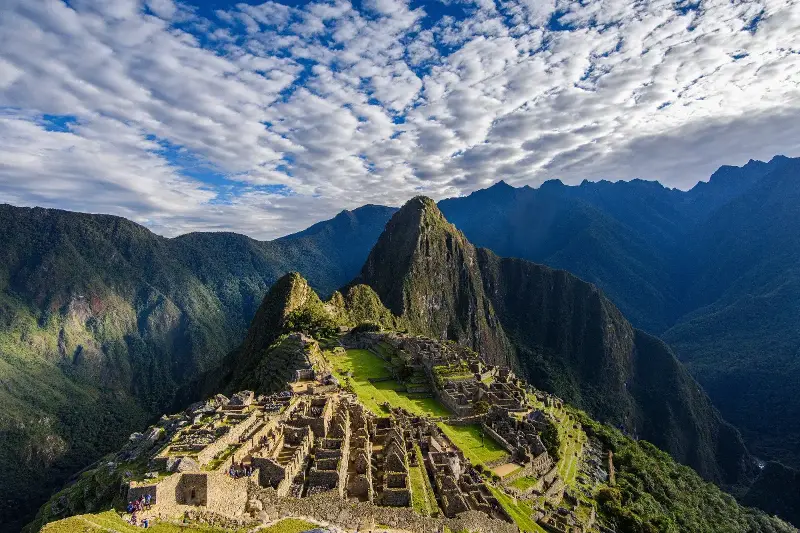
Hidden amongst the misty peaks of Peru’s Andes, Machu Picchu is perhaps the most iconic archaeological site in South America. Built in the 15th century by the Inca emperor Pachacuti, this citadel showcases an extraordinary blend of seamlessly carved stonework and intricate terracing. What makes Machu Picchu unique is not only its panoramic location—perched 2,430 metres above sea level—but its enduring mystery; the purpose of this ‘Lost City’ remains an enigma. Archaeologists suspect it may have served as a royal retreat or a religious sanctuary. Today, it is accessible via the legendary Inca Trail, which winds through lush cloud forests and past ancient ruins before unveiling the breathtaking UNESCO World Heritage Site.
Chichen Itza: The Stone Calendar of the Maya
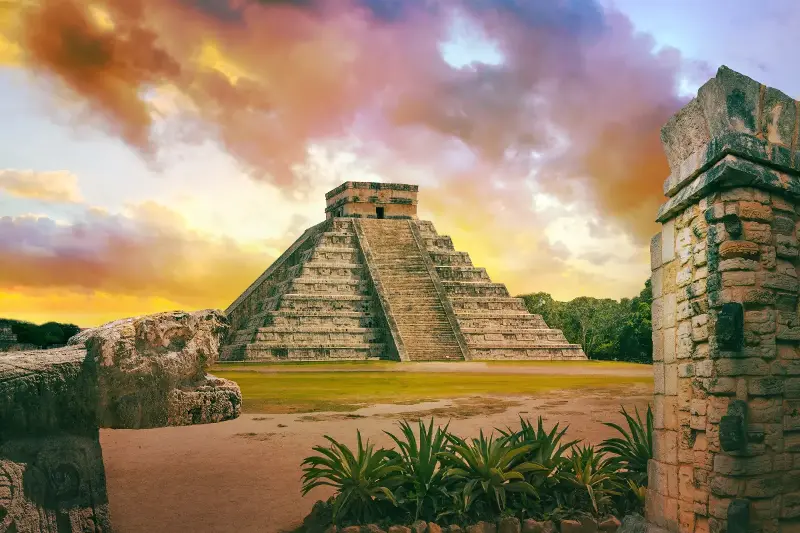
Amidst the dense jungles of Mexico’s Yucatán Peninsula rises Chichen Itza, once the thriving heart of the Maya civilisation. Its crowning glory, the pyramid of El Castillo, stands as a testament to the Maya’s mathematical prowess and astronomical knowledge. Each of its four sides has 91 steps, which—together with the top platform—totals 365, mirroring the solar year. Every spring and autumn equinox, a mesmerising display occurs: sunlight creates the illusion of a serpent slithering down the steps, paying homage to the feathered serpent god, Kukulkán. Beyond El Castillo, the sprawling complex features a sacred cenote, colossal ball courts, and intricately carved temples, making Chichen Itza a captivating window into ancient Mesoamerican life.
The Great Wall of China: An Enduring Symbol
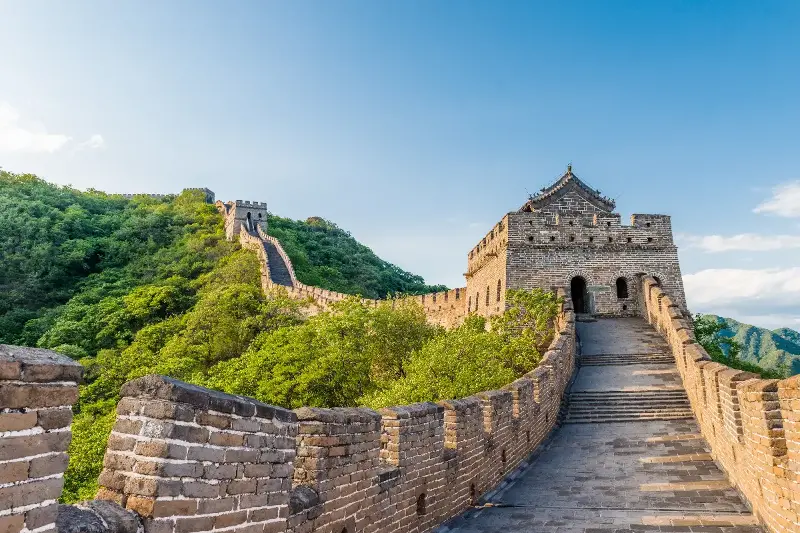
Stretching over 20,000 kilometres, the Great Wall of China is far more than ancient bricks and watchtowers—it symbolises centuries of resilience. Constructed over multiple dynasties, the wall originally offered protection from northern invaders and regulated trade along the Silk Road. Today, its undulating profile, snaking across rugged mountains and arid deserts, invites millions of visitors to walk in the footsteps of emperors and soldiers. One fascinating fact: from space, it is difficult to see with the naked eye, dispelling a popular myth. Still, its imposing grandeur, architectural complexity, and sweeping vistas continue to inspire all who venture upon it.
Petra: The Rose-Red City of Mystery
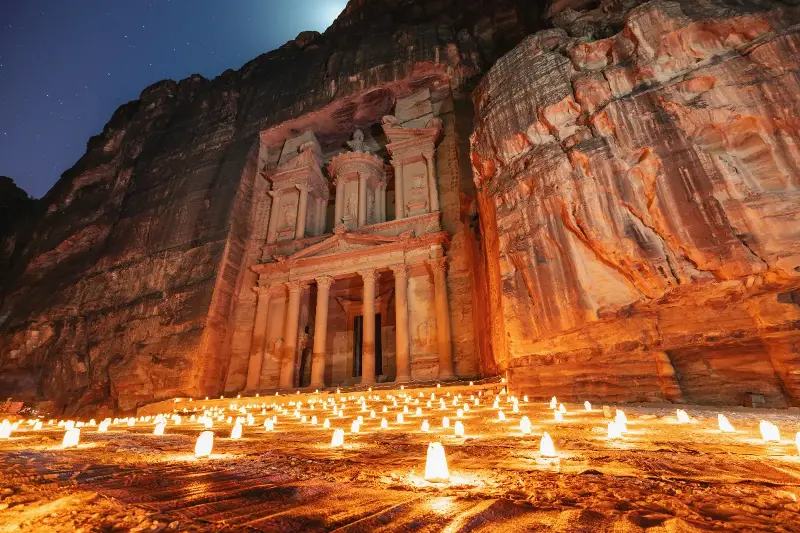
Carved directly into cliffs of golden-pink sandstone, the ancient city of Petra in Jordan flourished as a vital trade hub around 300 BC. The approach through the Siq, a narrow, twisting gorge, ends with the unforgettable sight of Al-Khazneh (the Treasury), its Hellenistic façade shimmering in the sunlight. Petra’s vast necropolis includes royal tombs, grand amphitheatres, and temples, all demonstrating the ingenious hydraulic engineering of the Nabataeans, who transformed an arid landscape into a thriving metropolis. Its blend of Eastern traditions and classical architecture captures the imagination and leaves an indelible mark on all who visit.
Taj Mahal: The Eternal Love Letter
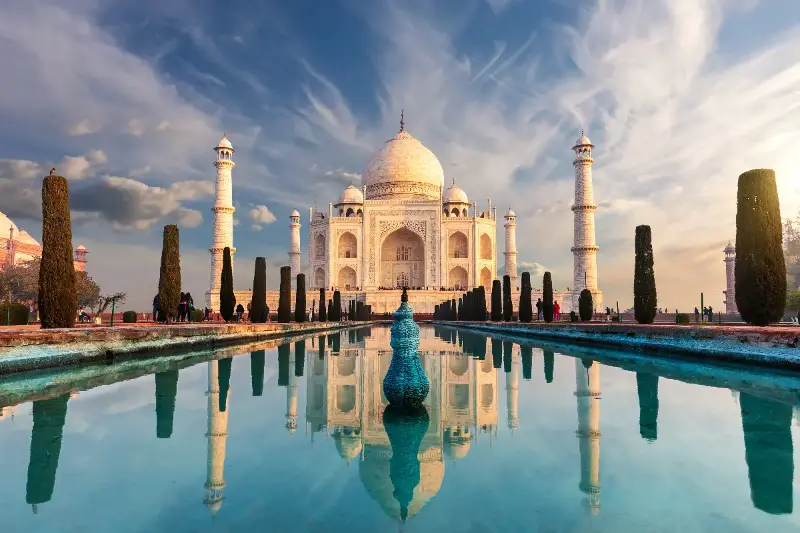
On the banks of India’s Yamuna River, the marble-white Taj Mahal stands as a monument not only to Mughal architecture but to timeless love. Commissioned in the 17th century by Emperor Shah Jahan as a mausoleum for his beloved wife, Mumtaz Mahal, its shimmering domes and symmetrical gardens reflect a deep poetic harmony. The Taj’s inlaid gemstones and flawless symmetry make it a masterpiece of Islamic and Persian architectural influence, and as dawn breaks, the mausoleum glows with hues of pink and gold—a sight that has moved poets and visitors for centuries.
Christ the Redeemer: Embracing a City
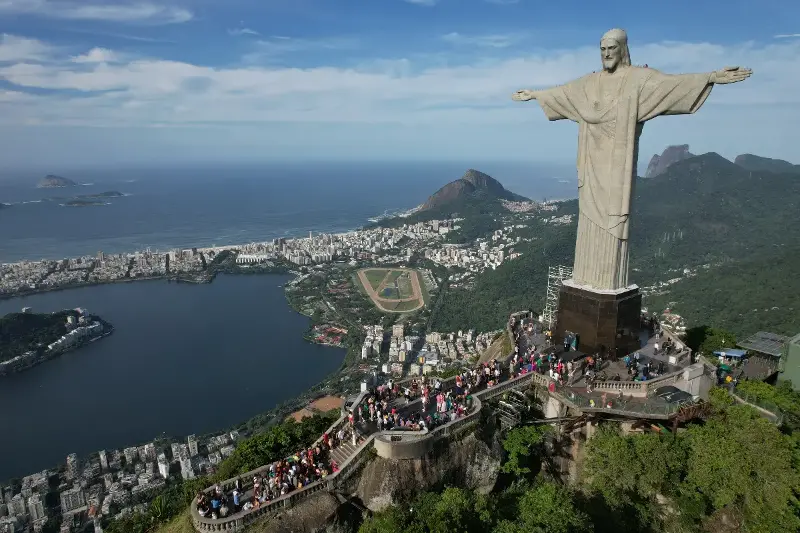
Towering atop Rio de Janeiro’s Corcovado Mountain, Christ the Redeemer extends its arms in a gesture of peace over the vibrant Brazilian metropolis below. Completed in 1931, this 30-metre-tall statue is both an Art Deco marvel and a symbol of faith. Each year, lightning strikes the monument several times—but its outstretched embrace endures, welcoming millions from around the world to revel in the dazzling cityscapes and joyous rhythms that surround it.
Colosseum: Arena of Legends
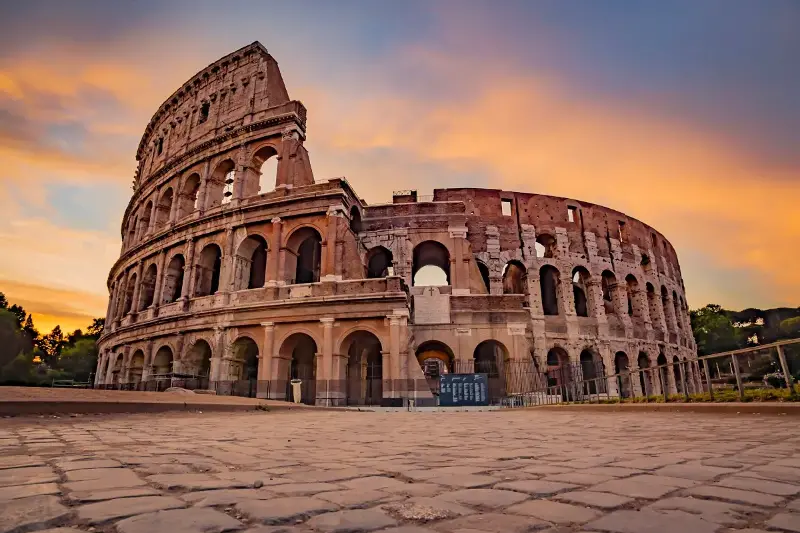
No visit to Rome is complete without witnessing the mighty Colosseum, where gladiators once battled before crowds of 50,000 Roman citizens. Built in AD 72, this elliptical amphitheatre boasts sophisticated engineering—such as retractable awnings and underground passageways. Its imposing arches and columns have survived earthquakes, fires, and centuries of change, reminding modern audiences of the grandeur and ingenuity of ancient Rome.
From the jungles of Central America to the grandeur of imperial Rome, these New Seven Wonders stand as global testaments to humanity’s creativity, perseverance, and artistic spirit. Exploring them firsthand is to step into living chapters of the world’s most fascinating stories, offering inspiration and awe for generations to come.
